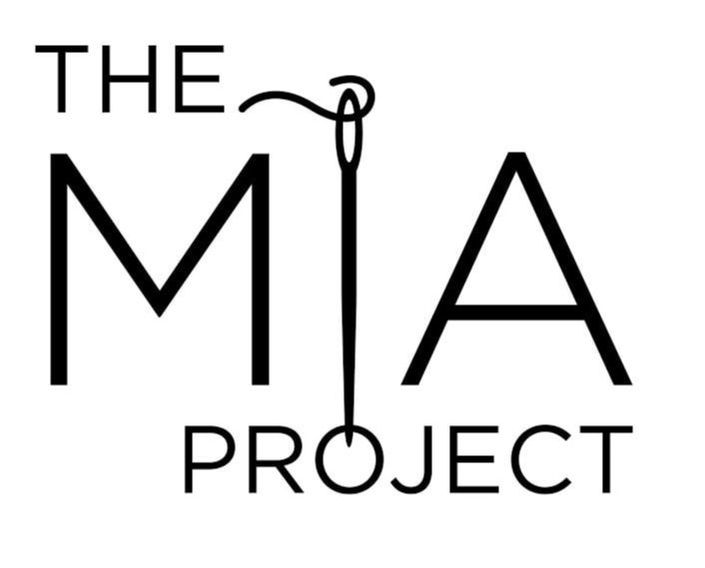|
What Are Knits Fabrics: It is common for sewing beginners to confuse all stretchy fabrics as being knit. The word knit however is not used to characterize the stretch of a garment but is rather a type of knitting process that creates stretch through the way the threads are interlocked and looped. A knit fabric is the opposite of a woven fabric in the sense that knits have a completely different construction process than wovens do. Knits are specifically knitted, whether by hand or on a machine, such that the different levels of stretch are achieved due to how the threads are intermingled in the knitting process used. Most woven fabrics on the other hand, are build using a weaving process that doesn't necessarily promote stretch. That is not to say that woven fabrics cannot be stretchy, but there is a big difference: If a woven fabric is stretchy, it is most likely due to the addition of spandex (or Lycra) and not necessarily the structure of the weave itself. Knits however, are designed to be flexible, with varying degrees of stretch based on the knitting technique used and not necessarily the addition of spandex. So if you are a newcomer to textiles, keep this in mind: Not all stretchy fabrics are knits. A knit is a fabric type that is created using a knitting process constructed such that it provides stretch. Knit fabrics, just like woven fabrics, can be made of any fiber content including bamboo, silk, cotton, polyester, linen and a variety of blends. Additionally, knits, just like wovens, are available in a range of weights, draping capabilities and softness levels. The difference is in the process used to build each one.
0 Comments
4 Ways To Lay Out a Sewing Pattern For Cutting: Understanding Fabric Grain And The Selvage Edge.12/29/2017 The most important steps in the process of making a clothing item comes at the beginning with the drafting of the sewing pattern then cutting it properly according to its grainline. If you are a sewing beginner, you might feel a bit overwhelmed by some of the terms used when discussing the process of aligning, pinning and cutting a sewing pattern. Terms like grainline, selvage edge, cut edge, or cut-on-fold can all seem like a big blur for someone who is just starting out. However, once you understand the importance of these elements when preparing your fabric and eventually cutting your sewing patterns, you'll be glad you put in some extra effort to understand them. Below, we'll walk you through 4 basic ways to align and cut your sewing patterns according to fabric grain but first, lets start with the basic understanding of grainline and selvage edge- the two most important elements used in the fabric cutting process. The grainline on a sewing pattern is depicted by a double pointed arrow. It is positioned within the body of the sewing pattern (as opposed to the edge) and essential in the pattern alignment process. The grainline on the sewing pattern should match the grain of the fabric which can be identified using the selvage edge. Here it is, another term- the selvage edge is depicted by the finished lengthwise edges of the fabric piece. These edges do not fray and are used as a guide in the pattern cutting process. When the fabric is taken off the bolt or roll, you'll notice it is woven such that it has two selvage edges on both its lengthwise sides. Vise versa, the width edges perpendicular to the selvage edge are called cut edges representing the direction in which fabric is cut off the bolt or roll. At the fabric store, the length of the fabric (in yards) is measured along the selvage edge and cut perpendicular to it (cut edge). It is incorrect to cut a fabric piece along the selvage edges as this edge should remain intact and is an essential tool for aligning your sewing patterns in the sewing process correctly. Lengthwise Grain: How to Align A Sewing Pattern On The Lengthwise Grain. The lengthwise grain of fabric is positioned parallel to the selvage edge. Due to the nature of the lengthwise grain's durability and drape, this is the most common direction in which sewing patterns are cut.
The first step in understanding whether your sewing patterns are meant to be cut on the lengthwise grain or otherwise is by identifying the grainline mark on the sewing pattern. As mentioned above, this is depicted by a double pointed arrow positioned somewhere within the body of the sewing pattern. This arrow is essential in pattern-making and pattern-cutting thus you will seldom come across a professional sewing pattern that doesn't have a grainline marking. Silk is one of the most luxurious fabrics that often become family air-looms being passed down from generation to generation. To ensure their maximum life span, it is imperative that your silk garments are cared for properly maintaining minimum damage and disintegration over time. Care is perhaps the most important factor in regards to the long term durability and lifespan of a silk clothing item. While it is easy to fall in love with the feel and look of silk, we can often feel dissuaded by its need for special care and dry cleaning. The good news is, you can actually wash many types of silk fabrics at home if you follow the proper guidelines to avoid damaging them over time. We'll walk you through all the steps necessary for hand washing your silks bellow, but before we get started it is important to note that there are some extra sensitive silk fabrics that maintain best appearance and quality over time if dry cleaned only. The following should always be dry cleaned for best results: -Shantung -Dupioni (always dry clean) -Satin -Crepe -Satin Back Crepe -Silk Chiffon -Taffeta -Beaded and Printed silks -Brocade -Most novelty silk fabrics The main reason dry cleaning is recommended for these particular fabrics is due to their lustrous, shiny characteristic. Washing these silk fabrics by hand or with a washing machine may cause them to lose their luster and texture. In the case of silk fabrics that feature beading, trims and other decorative features, dry cleaning is perhaps the best choice to avoid damaging these ornamental features. Printed silk or silk featuring very bright or dark colors would also work best with dry cleaning due to the risk of color fading over time. If you own silk garments that are lined (especially if the lining features a contrast color) it is recommended that you dry clean these items to avoid the color bleeding through or getting absorbed into the silk fibers. Washing Instructions for Silk Garments:If you choose to forego dry cleaning and tackle silk care at home, it is best to wash silk fabrics by hand. Keep in mind that washing silk will change the texture and appearance of the fabric often resulting in a slightly faded color and altered luster. Some people prefer hand washing silks over dry cleaning due to the fact that if done correctly, it adds a soft quality/hand to the fabric. It is important to note that silk fabric is made of protein fibers. This means that the fibers' structure is composed of protein molecules. For that reason, silk can disintegrate over time due to friction and high temperatures. It is good practice to approach caring for silk the same way you would care for human hair.
Rumor has it that sleeping on a silk pillowcase is much easier on the skin, possibly reducing wrinkles and skin irritations during the night. The constant tossing and turning on a regular pillowcase doesn't hurt your skin by any means but it certainly adds to those sleep wrinkles we sometimes end up with in the morning. Although they go away in a matter of minutes (and sometimes even hours), it's always a good idea to stay away from things that unnecessarily wrinkle or irritate the skin, even if only temporarily. If you do a quick Google search for "how to prevent face wrinkles" you'll find that one of the suggestions listed is sleeping on a silk pillowcase. Why? Well, silk fabric has a smooth, soft quality and doesn't form deep fabric wrinkles like cotton does. This allows the face to rest more flat and maintain a smooth surface throughout the night. In addition, silk is made of 100% natural fibers which means it is just as absorbent as cotton, allowing the skin to breath comfortably during the night. Speaking of comfort, silk feels extremely soft and luxurious on the skin which certainly contributes to a better night's sleep. Now let's talk money: Silk is a more expensive fabric which means if you want to switch to silk pillowcases, it might turn out to be a bit of an investment. If you're not ready to dig into your savings just yet, no problem! Being the resourceful, crafty person that you are, you can actually make your own silk pillowcases. All you have to do is get the fabric and take out your trusty sewing machine. We'll show you the easiest way to do so bellow, but first a few things to remember about silk fabric:
One of the greatest challenges when it comes to learning how to sew your own clothing, is understanding fabric drape, weight and which ones to choose for a particular design. This is certainly a skill that is learned through experience and trial and error. In fact, you should expect to make lots of mistakes (and learn form them) in the beginner stages of learning how to sew. The most important thing to remember is not to give up and that it is normal to feel uncomfortable with certain techniques or make errors that force you to start again- it's all part of the process! Luckily, there are some concepts you can learn beforehand that will save you from making some of those frustrating mistakes. When it comes to fabrics, theory and practice work best together. In this fabric tutorial, we'll give you the fundamentals on some basic types of fabrics and their best use. We'll also include physical characteristics like drape, sewing difficulty and ironing practices. Distinguishing between blouse weight, dress weight, shirting, bottom weight, suiting, and coating: To master the basics of fabric, it is important to gain a better understanding of the various weights available. Fabric weight refers to how heavy and thick a fabric is. Sheer, thin fabrics are usually very lightweight while bulky, thick coating fabric is one of the most heavyweight. To make it easier, textiles are divided into the following basic categories according to weight, thickness and structure: Blouse weight: The lightest of all the weights, blouse weight fabrics are usually very thin, drapey and could be sheer or semi-sheer. As the term suggests, this category is used for various styles of tops like blouses and lightweight shirts. As you'll soon learn, blouse weight fabrics are not appropriate for styles like dresses (unless used in combination with a dress weight) because their sheer lightweight nature usually can't withstand the wear and proper drape necessary for a dress' functionality. Shirting: This is usually a cotton fabric that is thinner and lighter weight but has a higher thread count. A higher thread count creates a more smooth, lustrous cotton fabric with better draping capabilities. Shirting fabric can also be yarn dyed which creates a chambray-like effect. While shirting can sometimes be used for dresses, it is found more often with classic button down tops. While some shirting fabrics can be categorized as dress weights, some thinner, semi-sheer shirting may not always be appropriate for use with dresses.
|
The Blog:A journey into our design process, sewing tutorials, fashion tips, and all the inspiring people and things we love. Doina AlexeiDesigner by trade and dressmaker at heart. I spend most of my days obsessing over new fabrics and daydreaming new ideas. Sadie
Executive Assistant & Client Relations Manager Archives
November 2019
Categories
All
|
-
Sewing Tutorials
-
Basics
>
- Aligning Pattern Grainlines To Fabric
- Preparing Fabrics For Sewing
- Pinning Sewing Patterns To Fabric
- Placing Sewing Patterns On Fabric For Cutting
- Rotary Cutters or Fabric Scissors?
- Cutting The Sewing Patterns
- What Are Notches And How To Use Them In The Sewing Process
- Transferring Notches From Pattern To Fabric
- Transferring Seamlines to Fabric
- Staystitching
- Backstitching: A Complete Guide
- Hand Basting: A Complete Guide
- Sewing Continuous Bias Binding
- Darts >
-
Sewing Seams
>
- The Basics Of Seams And Seam Allowance
- How To Sew A Straight Seam
- Sewing Curved Seams
- Sewing Corner Seams
- Trimming And Grading Seam Excess
- Notching/Clipping Seam Allowance for Tension Release
- Sewing Topstitched Seams
- Sewing Corded Seams
- Sewing A Slot Seam
- Sewing A Gathered Seam
- Sewing Bias Seams
- Sewing Seams With Ease
- Sewing Seams With Crossing Seamlines
- Sewing Unlike Fabric Seams
- How To Iron Seams: Ironing Tools And Conventions
- Sewing With Knit Fabrics
- Understanding Stitch Length And Tension
- Sewing Unique Fabric Seams
-
Seam Finishes
>
- Seam Finishing Techniques - Overview
- Applying A Pinked Seam Finish
- Applying A Bias Bound Seam Finish
- Serging And Zigzag Seam Finishes
- Sewing A Self-Bound Seam Finish
- Sewing A French Seam Finish
- Sewing A Hong Kong Seam Finish
- Sewing A Mock French Seam Finish
- Sewing A Turned-and-Stitched Seam Finish
- Sewing Overcast Hand-Applied Seam Finishes
- Sewing A Flat Felled Seam
- Sewing A Hairline Seam Finish
-
Hem Finishes
>
- Garment Hem Finishes: Overview
- Sewing A Double Fold Hem Finish
- Sewing A Single Fold Hem Finish
- Sewing Bound Hem Finishes
- Sewing An Exposed Double Layer Bound Hem
- Sewing A Folded-Up Bound Hem with Pre-folded Binding
- Sewing A Hong Kong Hem Finish
- Sewing A Band Hem Finish
- Sewing A Bias Faced Hem Finish
- Sewing A Twill Tape Hem Finish
- Sewing A Rolled Hem Finish
- Sewing A Shaped Hem Facing
- Using Fusible Hem Tape And Webbing
- Finishing A Lace Fabric Hem
- Finishing A Leather Hem
- Sewing Faced Hem Corners
- How To Finish Lining At The Hem
- Finishing Fabric Corners by Mitering >
- Interfacing A Hemline: Lined And Unlined Examples
-
Sewing Pockets
>
- Curved Patch Pocket With Flap
- Unlined Square Patch Pockets
- Lined Patch Pockets: Two Ways
- Extension On-Seam Pockets
- Separate On-Seam Pocket
- Front Hip Pockets
- Bound Double Welt Pocket
- Double Welt Pocket With Flap
- Self-Welt Pocket (Using Single Fabric Layer)
- Slanted Welt Pocket (Hand-Stitched)
- Faced Slash Pockets: Overview >
-
Sewing Zippers
>
- Sewing Zippers: General Information
- Sewing A Centered Zipper
- Sewing A Lapped Zipper
- Sewing An Invisible Zipper
- Sewing A Fly Front Zipper
- Sewing A Closed-End Exposed Zipper (No Seam)
- Sewing An Exposed Separating Zipper
- Sewing Hand Stitched Zipper Applications
- Sewing A Zipper Underlay
- Sewing A Placket-Enclosed Separating Zipper
- Sleeveless Finishes >
-
Neckline Finishes
>
- Sewing A Neck Shaped Facing
- Sewing An All-In-One Neck Facing
- Neck And Garment Opening Combination Facings >
- Sewing A Bias Faced Neckline Finish
- Sewing A Band Neckline Finish
- Bound Neckline Finishes: Overview >
- Sewing A Semi-Stretch Strip Band Neckline
- Ribbed Neck Band And Classic Turtleneck
- Decorative Neckline Finishes >
- Finishing Facing Edges >
-
Extras
>
- A Complete Guide on Interfacing
- Sewing Bound Spaghetti Straps
- Sewing Spaghetti Straps To A Faced Neckline
- Sewing Ruffles: Overview
- Patterning And Sewing A Circle Ruffle
- Sewing A Gathered Heading Ruffle
- Sewing Double Layer Gathered Ruffles
- Sewing A Gathered Ruffle Into A Seam
- Sewing A Gathered Ruffle To A Fabric Edge
- Sewing A Fabric Surface Slit
- Sewing A Slit Seam
- Hand-Applied Straight Stitches
- Hand-Applied Blind Stitches
- Hand-Applied Overedge Stitches
- Hand-Applied Tack Stitches
- Hand-Applied Decorative Stitches
-
Basics
>
- Custom Bridal
- Custom Apparel
- About
- Blog
Services |
Company |
|

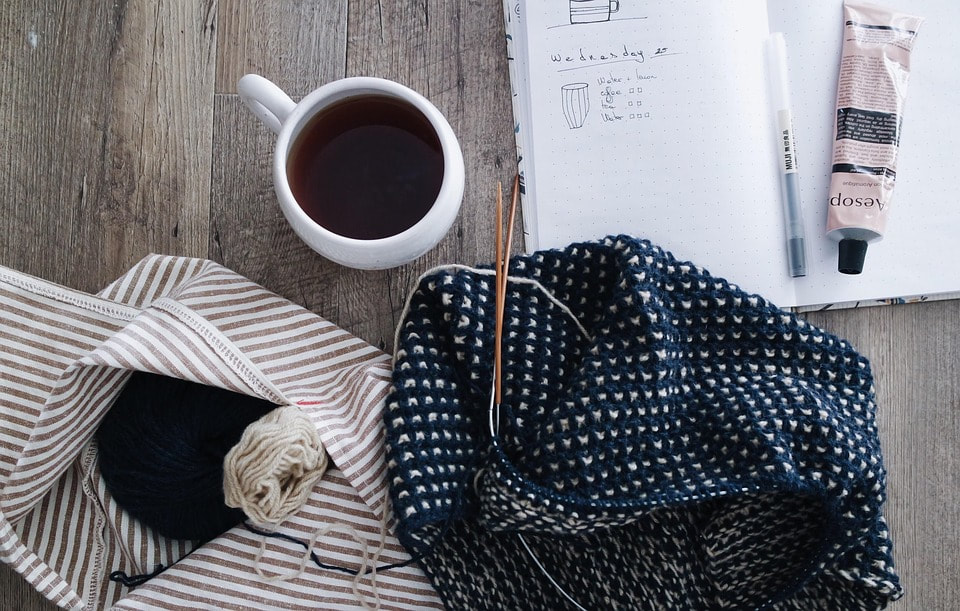
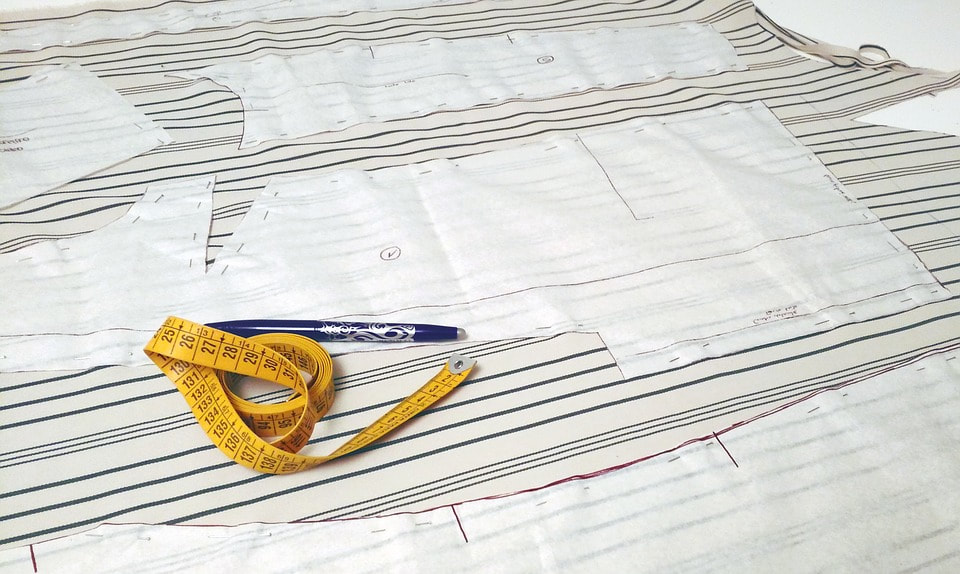
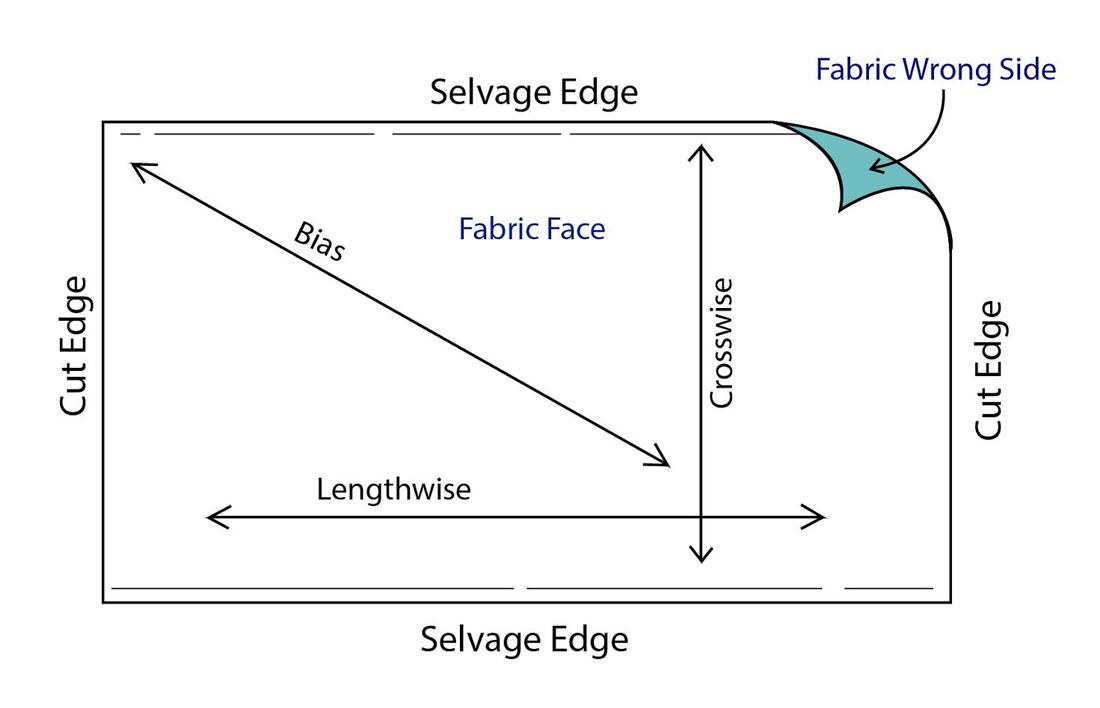
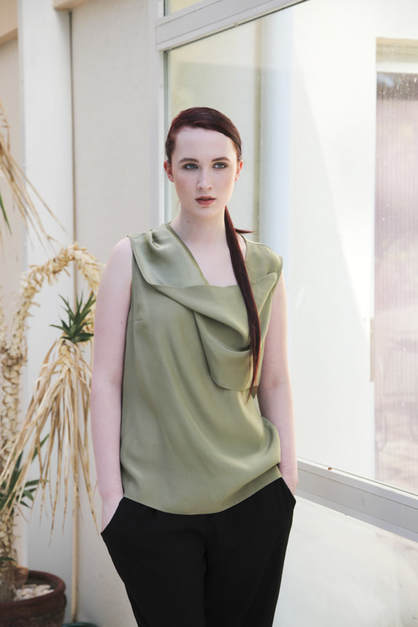

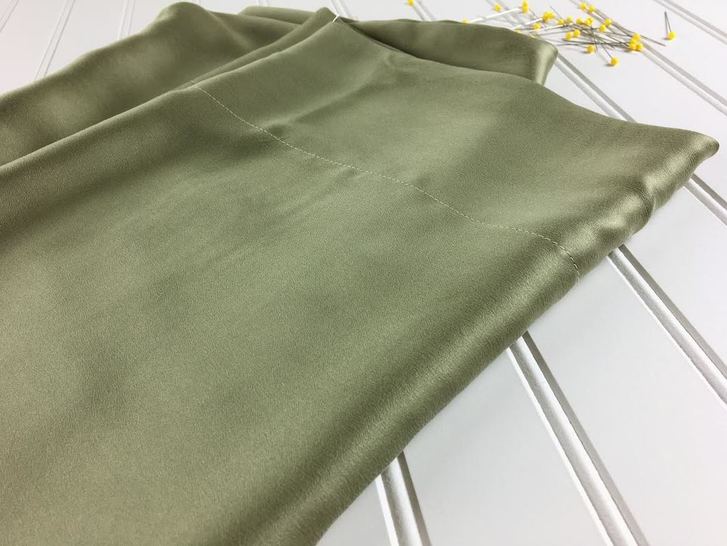
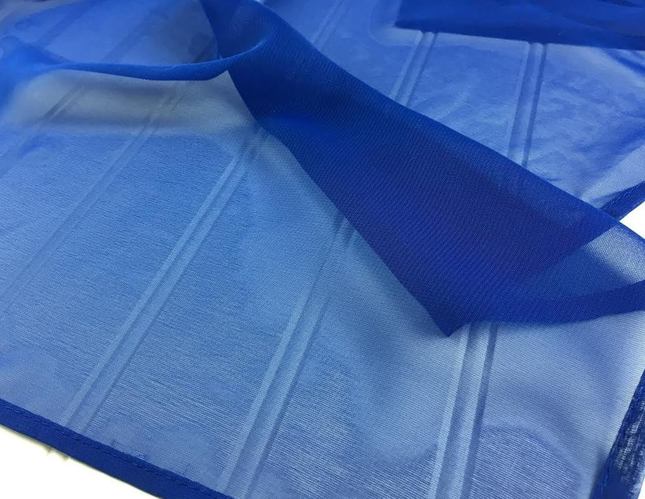


 RSS Feed
RSS Feed
